this week: the invitation - simply to learn how to unbind yourself
a simple experience that has a deeper significance
a practice to nourish neuroplasticity
the three physic knots/disrupters that bind us
+ news of an in person gathering
Drawn from lessons of practical boating in learning knots, alongside a deeper introspection from some of my old Uni Neuroscience notes (found this weekend) sprinkled with some yoga philosophy, this is how this piece came to be.
This past weekend whilst cleaning and tidying our boat as we are getting it ready to sell it, we came across many things…..One being a big cupboard of rope.
Since moving onto the water just before the pandemic and having a mooring, l’ve had to learn how to properly tie ropes, whether it be to my then Kayak or now to the larger boats we have. It’s been an interesting learning curve. The Kayak mooring was just about doable, but mooring the other two….well let’s say its still a work in the progress, as my fiancee would agree. He an experienced sailor and boater makes it look very easy and is very patient with me. Watching him try and teach me about knots is fascinating to me. While l’m aware that there are some people who just 'get it' in other words those who can watch a demonstration once and then do it themselves straight away. There are others (like me) who take longer to catch on and remember the steps to tying a particular knot but then at the last moment get it wrong. In those moments l often find myself annoyed for not being able to remember how to complete the task/knot properly.
Thinking about my experience, got me to thinking what is going on in my brain when l am trying to learn something new. Well our brains are made up of billions of cells, neuron’s. In the simplest of terms, the way these neuron’s are connected together determines how we perceive and do certain things. The connection from one neuron to the next is called a pathway. In other words when we learn something new, a new pathway is forged. The more we repeat the experience, the stronger the pathway becomes.
However, it is the roll of frequency, in other words how often you repeat what it is that you are trying to learn paired with interest (of course), which has the capacity to strengthen the neural pathway required to complete that task and/or understand the concept. This ability in our brain to change and adapt according to our experiences is called ‘Neuroplasticity’ and becomes even more essential as we age.
“Like in a system of freeways connecting various cities, the more cars going to a certain destination, the wider the road that carries them needs to be. The fewer car traveling that way, however, the fewer lanes are needed. Over time, these connections become thick, hardy road maps that link various parts of the brain and stimulating one neuron in the sequence is more likely to trigger the next one to fire.”
(Bernard, 2010).
BINDING AND THE MIND
Binds are felt both mentally and physically, a form of restriction. However, while restrictions can be self imposed or imposed onto us from others and our environment. Binds from a mental, emotional and spiritual perspective are mostly self imposed. Stemning our beliefs originating out of exposure to trauma, depression, stress and illness. The feeling of not being able to do something showing up as disbelief or overwhelm will often deter people from trying something new and going outside their comfort zone.
A GROUP PRACTICE TO ENHANCE NEUROPLASICITY
This exercise is meant to be practiced in a small group setting.
With a Small Group please create a small circle.
Next
Balance a stick between the tip of your finger and the tip of the finger
of the person standing next to you.
Don’t hold the stick, but gently press the end of the stick with your fingertip.
The resistance of the person next to you pushing back with their fingertip will keep the stick from falling.
Once the circle is formed, one person gently presses the end of their stick which will nudge the finger of the person next them holding up the other end of the stick.
Then when you feel your stick nudge one side, to then pass the nudge around the circle.
When l originally did this experiment at Uni we timed how long it took the nudge to pass around the entire circle. It took around 15 seconds the first time, second time 12 seconds and third time 10 seconds. We then kept doing it until we consistently completed the circle in 7 seconds several times. These findings resulting in the formation of a neural pathway and us representing neurons and the sticks were demonstrating the electrochemical signals being sent from one neuron to another whilst learning something new. By repeating the task several times we were able to eventually reduce the time it took us the first time to do it in half. This demonstrated how and what we had learned to do had been integrated into our neural network.
After this simple but effective practice, l noticed my confidence in trying new things growing, even those l didn’t particularly like. In the process being less judgemental about myself if I didn’t do it well or understand it the first time around. Instead l just reminded myself that if l hadn’t grasped it then it simply means that the pathway just hasn't been built yet, and know that I can work on that!
UNTYING OURSELVES holistically
Sometimes when l think about these restrictions, knots and binds. I am reminded of the philosophies behind certain yoga poses, a theme that was and is always woven into the fabric of my physical classes and workshops.
In yoga anatomy and philosophy Granthi is a Sanskrit word that translated to a “knot”. There are three granthis – Brahma Granthi, Vishnu Granthi, and Rudra Granthi – these three psychic knots are situated in the astral body (that which we can not see but feel). These three psychic knots are seen as disrupters to our energy flow. Blocking our energy centers (chakras).
Brahma -Location: base of spine: Psychology: fight or flight response, survival, development.
Vishnu - Location: between navel and heart: Behaviours: compassion, love, power, ego.
Rudra - Location: between centre of the forehead and crown: Unity, oneness, connection.
In yoga, there is a practice to pierce through these knots and that is the use of Bhandhas (energy locks, which there are 5). The application of Bhandha practice can help loosen blocked energy and relieve an anxious mind and a uneasy body. I’m not going to lie, binding poses in yoga can be extremely challenging due to the range of motion and flexibility required. However, on the flip side they can help teach us how to loosen our grip of what we believe is possible and show us how to breathe through discomfort, cultivating space, possibility and freedom.
(Photo taken from one of previous retreats in Morocco).
Eliciting Neurochemistry through Practice
When we talk about changing the chemistry in our minds, we are really talking about the importance of frequency, repetition, skill learning as well as our curiosity to try and learn new things. Helping us emerge with new understandings and reducing self doubt and fear, which after all becomes the real reward of any practice.
In Person Gathering
For those who maybe in or near the location of West Wickeram, Bromley. The venue is only a 30 minute hop on the train from London. A wonderful opportunity to come together in person for a small and intimate gathering exploring how to feel whole again through embodied practices, journalling, and dialogue.
You can book and secure your place APRIL 5TH WORKSHOP
Thank you for being here, reading, listening and sharing my work. I hope you may benefit in some way from the insights and practices provided to help you navigate your personal and life’s ever changing landscape.
Nourishing Life is a combination of a contemplative podcast drawn from my life as a water nomad with prompts, insights and rituals for self care whilst navigating depression and menopause. Using simplicity and nature to inspire, heal and reinvent a better me and you. Written from my floating home in nature on the Great River Ouse, Cambridge.

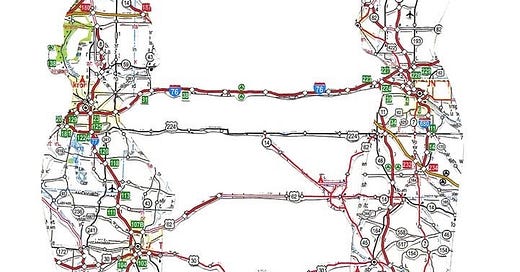




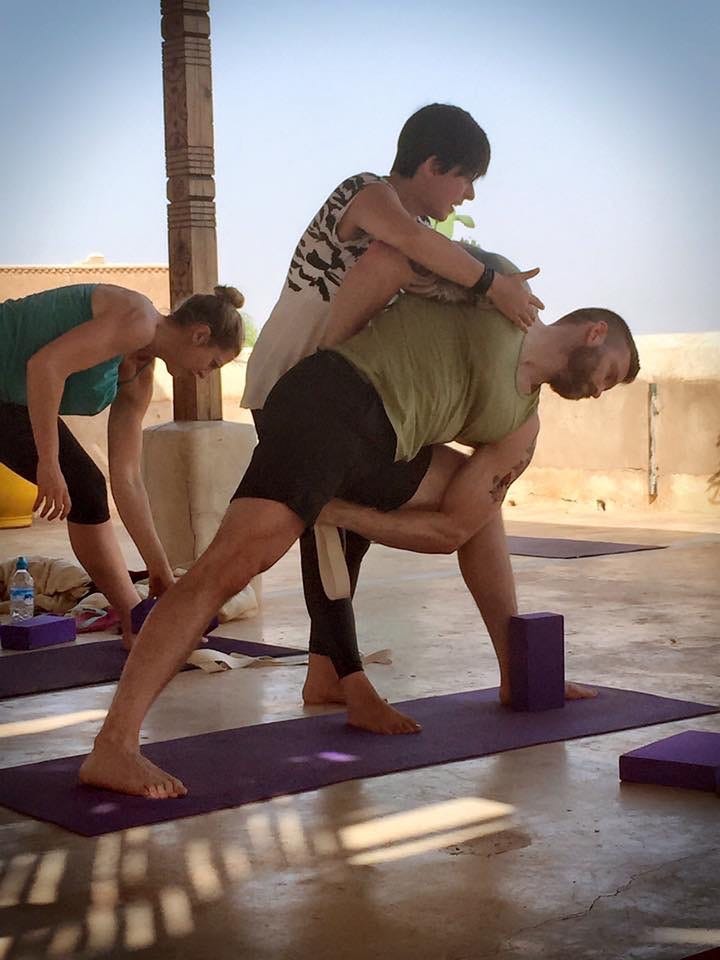
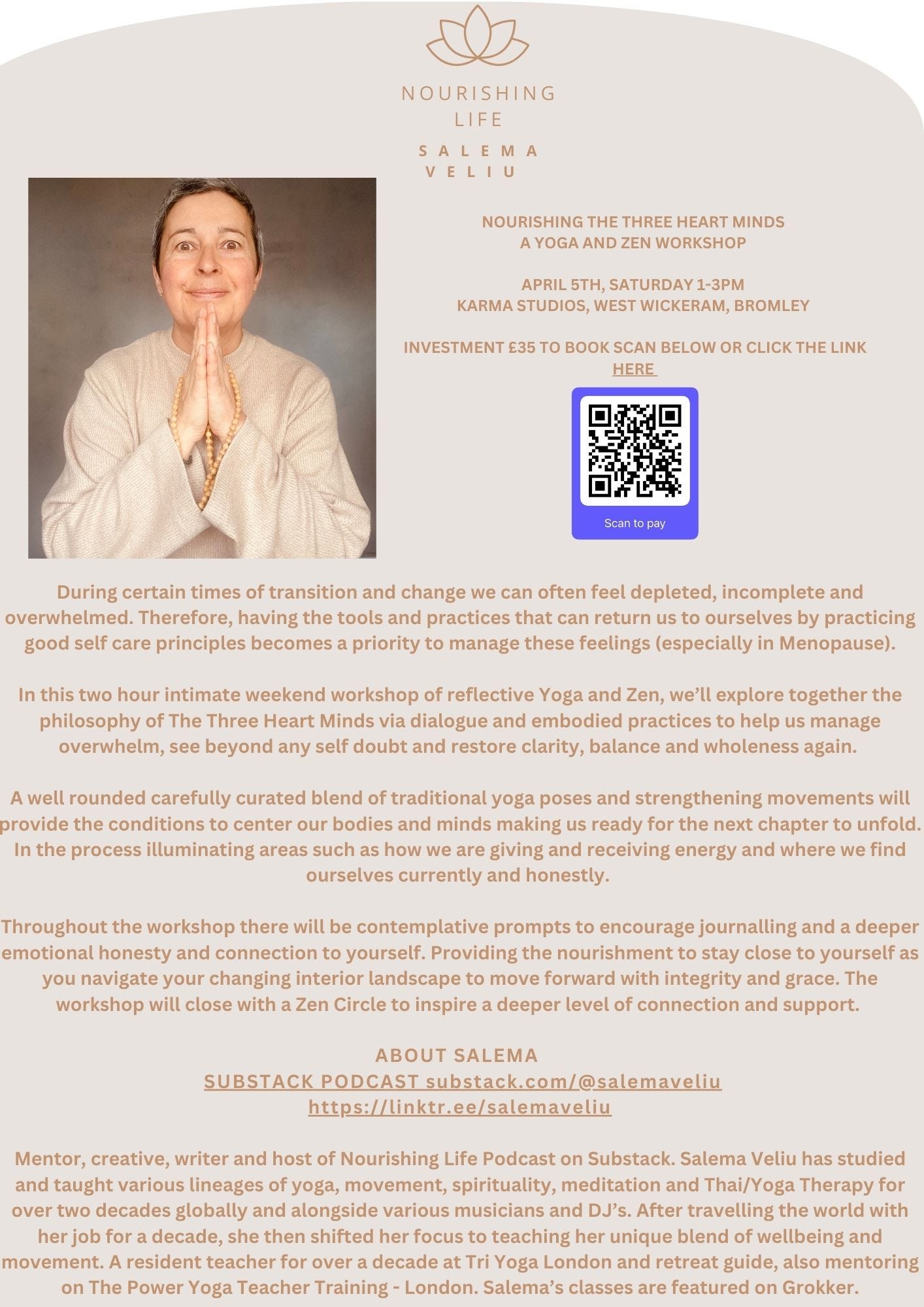



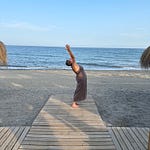

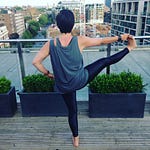
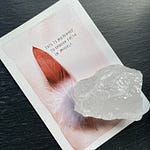
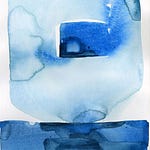
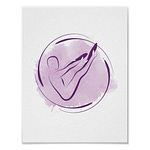
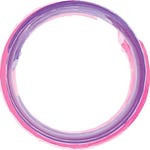
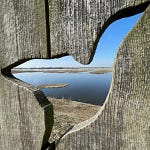
Share this post